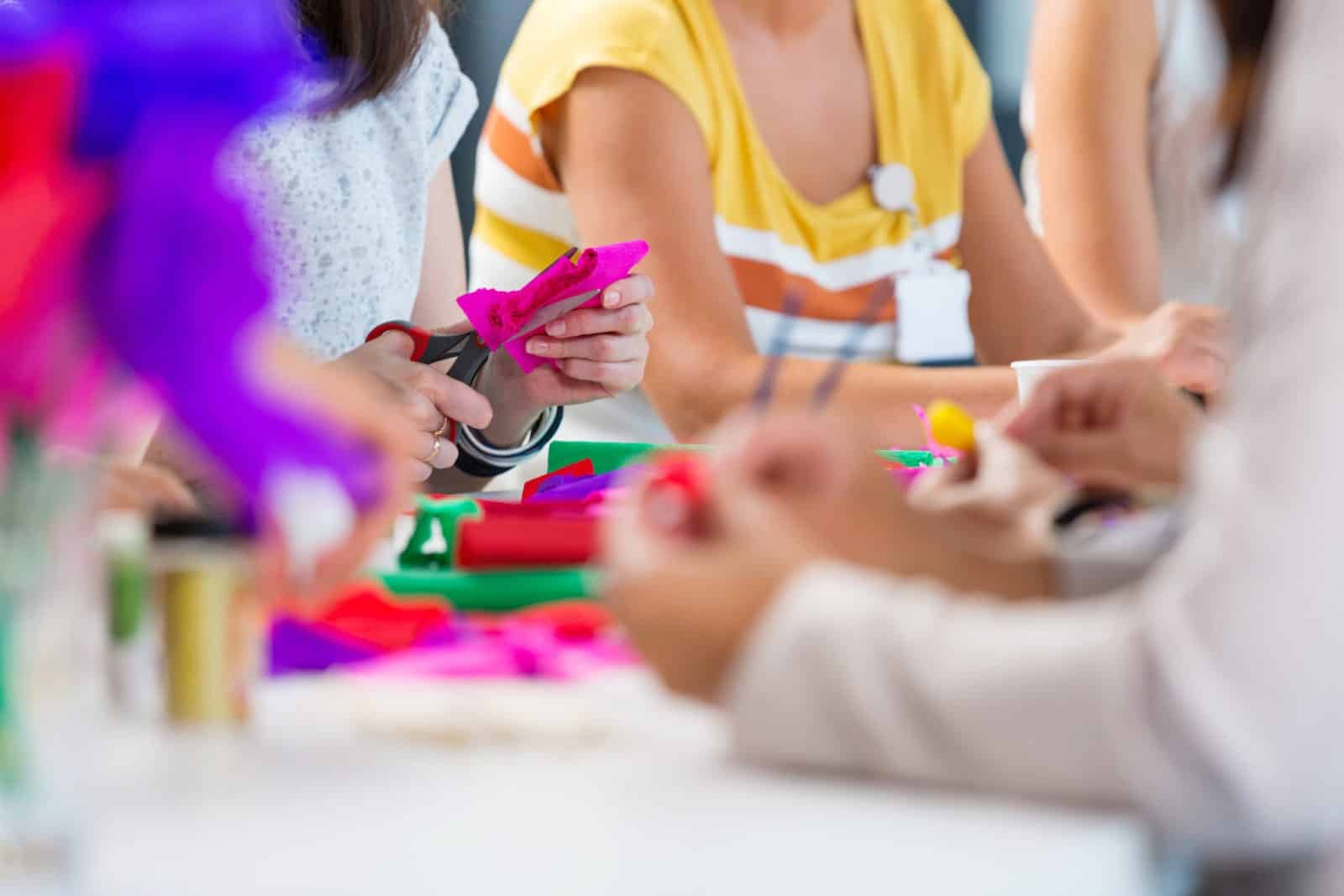Nanny and Parents have styles and structured approaches to caring for children. Maria Montessori developed the Montessori Method of Education which has been widely known and popular in publications since 1912. Based on scientific observations, the Montessori method views the child as the one who is naturally eager for knowledge and capable of initiating learning in a supportive, thoughtfully prepared environment. The Montessori approach encourages a child to seek and naturally develop interests and engage in activities rather than use formal teaching methods. Thus, Montessori classrooms and home environments are structured for self-directed and collaborative play with hands-on learning. Teachers, parents, and nannies offer age-appropriate activities to guide the process.
How is Montessori Difference from Traditional Education?
- The teachers, parents, and nanny’s roles differ with the Montessori method. Instead of teaching lessons and managing the schedule, Montessori teachers act as guides and consultants. Often working with students one-on-one, Montessori teachers assist each child with their learning path. One student may be building a volcano while another student may be reading a book.
- Montessori programs focus on “constructivist” or “discovery” where students learn concepts from working with natural materials rather than by direct instruction. Materials are organized by subject area and within reach of the child. Students can choose activities from a range of options.
- Mixed aged classrooms are common in a Montessori program with children between 2.5 to 6 often sharing space while traditional classrooms are segmented by age.
- Montessori classrooms are not time-bound and children can work on lessons for as long as 3 hours without interruptions while traditional classrooms schedule specific time intervals for reading, music, nap, and science.
- In a Montessori program, grade levels are flexible and determined by the child’s developmental range while traditional schools often have defined common core skills for each specified grade level.
According to Maria Montessori, “The first aim of the prepared environment is, as far as it is possible, to render the growing child independent of the adult.” Creating a “prepared environment” is core to the Montessori approach to education*. Montessori environments are specific to the characteristics of children at different ages and the individual personalities of each child and should exhibit the following 6 characteristics:
- Freedom. The environment facilitates movement and activity.
- Structure and order. The environment limits materials to only those needed for the child’s development.
- Beauty. The environment is beautiful, harmonious, and clean.
- Nature. The environment includes nature inside and outside of the classroom with real wood, bamboo, metal, cotton, glass, and no plastic or synthetic materials.
- Social. The environment is proportioned to the children and allows children to work in groups and develop a sense of compassion and empathy for others.
- Intellectual. The environment develops the whole personality in accordance with the 5 areas in the Montessori curriculum (Practical Life, Sensorial, Language, Mathematics, and Cultural).
The Montessori education method is divided into four distinct periods or “planes”. Each plane has different characteristics, learning modes and developmental objectives. The first is birth through age 6 which focuses on sensory exploration with the acquisition of language, interest in small objects, and development of social behaviors. The second plane, age 6 to age 12, matches the physical and psychological growth of children with a focus on “herd instinct” or the tendency to work and socialize in groups. The third plane, ages 12 to 18, aligns with puberty, acknowledging “valorization” or the adolescent drive for external validation. The fourth plan, ages 18 to 24, is not as well defined as Montessori wrote very little about this period, but it includes adults who are able to achieve economic independence and fully embrace the culture and sciences in order to influence and lead civilization.
Whether working with a family or school that is implementing Montessori education or just creating environments conducive to self-directed play, children benefit from unstructured free time. Nannies can learn more about the Montessori approach when they enroll and complete the Professional Childcare training program at the Nanny Institute.
*North American Montessori Center, NAMC Montessori Teacher Training Blog. March 18, 2009.
http://montessoritraining.blogspot.com/2009/03/principles-of-montessori-prepared.html


Recent Comments